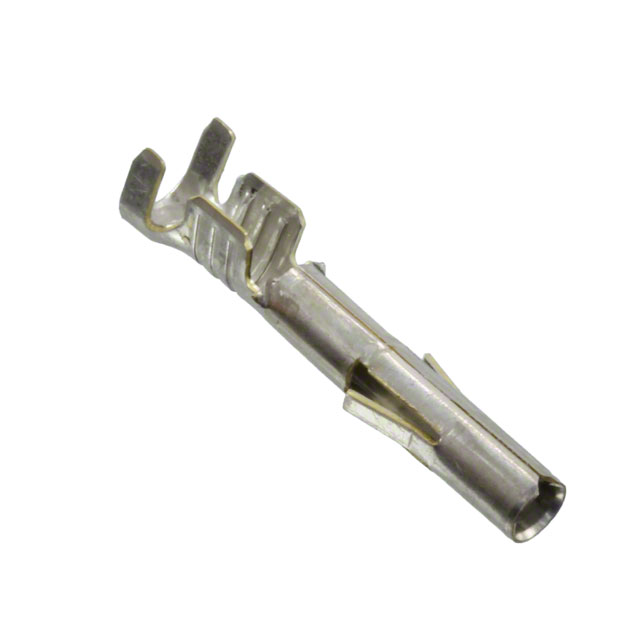https://www.ebay.ca/itm/29497141750...IfaBlyQamrotoWqEZpoIYhDgYZrW|tkp:BFBM9MaL1uxj
For me, it just looks like an octal extender.
Why is it called "saver"?
For me, it just looks like an octal extender.
Why is it called "saver"?
According to the description, they are mainly used in tube testers to extend the life of the tester's built-in sockets; the 'savers' take all the wear and can be replaced when needed, without having to tear the tester apart.https://www.ebay.ca/itm/294971417500?itmmeta=01HXJP2WDM9RZQ6FT7M49EGEDK&hash=item44adaaa39c:g:HkcAAOSw6kBlc1Od&itmprp=enc:AQAJAAAA4BTltVm08JUSXYQubuyqUjMLRS7ZvhSRU2kR9FHMXT8cL7nlNJlqNY63Ks1gOrhcti5XKMZKXTt5QhhIWf93suF+wkr1dNRwLuBxIXGorF8+mklhq3XD9Q3NaqO7kGluhcc5CPMW+Zv97NF6fqWgET2uy+Ds3tPOmzW9TEDMKbpvgikYhXVArJtVmMmL3CNmksr1Ip9BKHgQpzKfw1MPbgpIuaZ36+P+dtVj6Ibdd8y48lMXzj0UWr2Vox1hEgDwCA82Lcs6jVc9t13tIfaBlyQamrotoWqEZpoIYhDgYZrW|tkp:BFBM9MaL1uxj
For me, it just looks like an octal extender.
Why is it called "saver"?

The pin size of the B9D is 1.27mm which is the same size as a lot of header pin strips. I’ve used these before for many things - cutting pins off with the plastic section intact - there’s an indentation between each pin which makes it easy to cut with a box cutter. I’ve used header pin strips and sockets cut to size to refit Juno 106 voice filter chips (a custom Roland pcb with smd IC’s and other components) as the motherboard pcb has ultra-thin tracks prone to damage. These pins could be wired to an octal base mounted on a blank board and this board mounted to the board with the magnoval sockets using standoffs. Height may be a problem?Yes, that's more or less what I was thinking. I don't know if magnoval plugs exist, since the idea was to do without a base, just like noval...
Yes, I figured that out.The pin size of the B9D is 1.27mm
I've looked for them, didn't find any...which is the same size as a lot of header pin strips.
Do you have reference or link? All the ones I can see are 0.6mm 2.54mm pitch.I’ve used these before for many things
It’s been quite a while since I got those - they were some sort of automotive type but you can get individual pins either 0.049” or 0.05” pins - Digikey or othersYes, I figured that out.
I've looked for them, didn't find any...
Do you have reference or link? All the ones I can see are 0.6mm 2.54mm pitch.
Enter your email address to join: